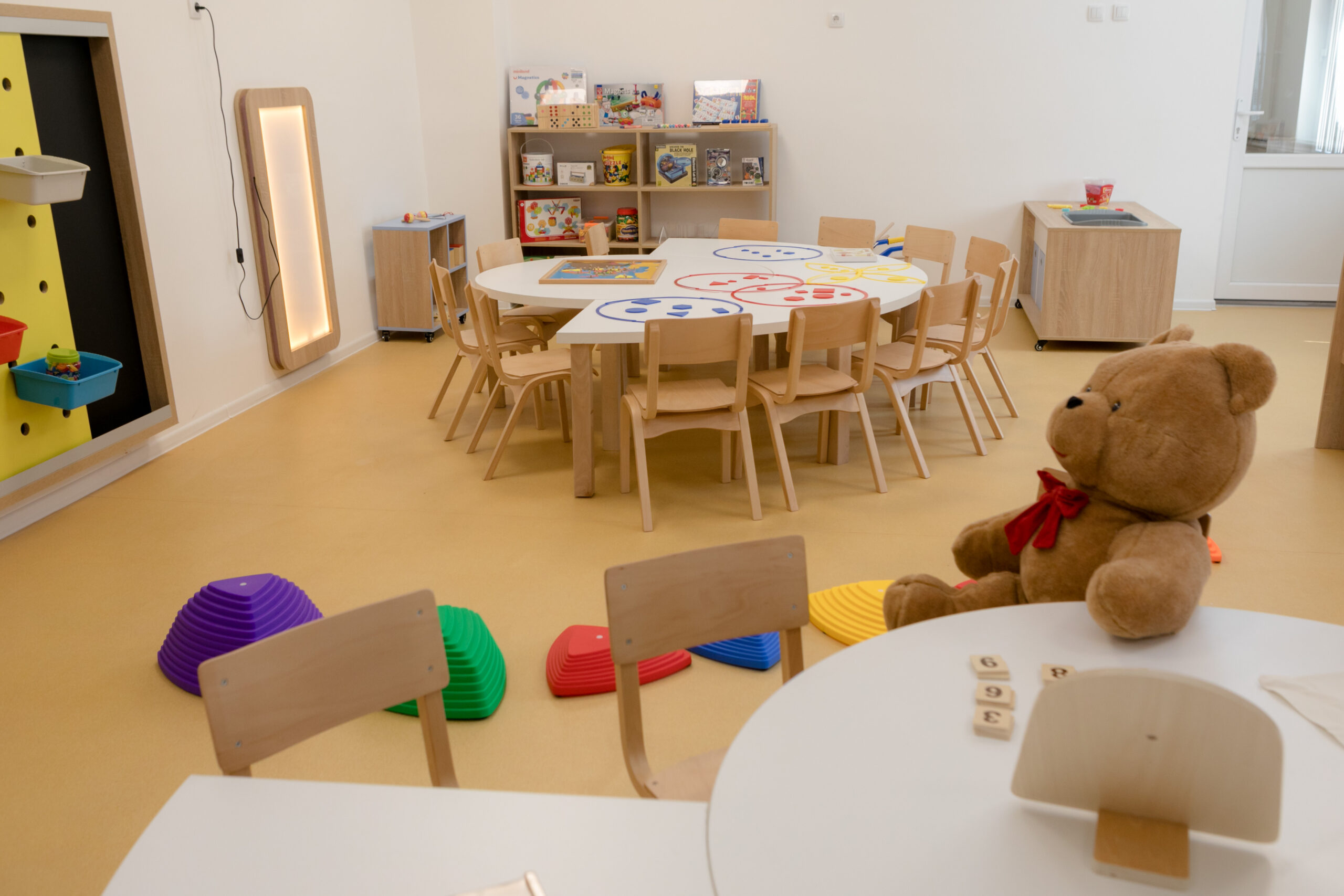As the use of technology in the classroom increases, the topic of digital citizenship is gaining momentum. But how can we support students to become appropriate technology users?
Teaching concepts have been changing rapidly over the past decade, asking students to use devices at school and teachers to integrate interactive platforms into lessons. The increased digitalisation of the classroom requires a discussion about a responsible use of technology. Too often we come across children and adults misusing technology due to a lack of guidance. Such behaviour raises questions such as how should children act when they are online or how to prepare them for a world full of technology?
Digital Citizenship as a Teaching Tool
The concept of digital citizenship tries to support parents, teachers and technology innovators to understand what information and guidance students require in order to use devices and software appropriately as well as responsibly. Many organisations and individuals concentrate on this topic for two reasons. Firstly, they are interested in the perception of what is considered as appropriate technology use. Secondly, they want to come up with structures and topics which are deemed necessary to be taught to the next generations by parents and teachers. In this process, digital citizenship becomes a teaching tool providing teachers with a platform for grading assignments, facilitating discussions, messaging and resource sharing.

Copyright: Goran Bogicevic
The Importance of Being a Digital Citizen
However, having a closer look at the concept, it becomes obvious that digital citizenship is far more than a teaching tool, it is a skill that supports students to understand the norms of technology and prepares them for a future in a world which invests heavily in technology. Students will be able to know about the benefits and risks of the Internet and how to stay safer in the online world. It also helps them to make ethical decisions and be more confident technology users. Therefore, courses on digital citizenship are just as important as courses on health, sexual education or driver’s education. A starting point to teach online best practices is to use closed social media platforms such as discussion boards. Many organisations also provide learning management systems which are more advanced platforms offering further activities such as assignment grading or resource sharing.
The Skyward Course Learning Centre Experience
There are many learning management systems out there. One of them is the Skyward Course Learning Centre that provides teachers with a single platform to distribute information including videos, encourage discussions and manage the submission of assignments of all students. As pointed out by Skyward, there are two major benefits that management systems provide to teachers and students.
Firstly, learning management systems offer teachers a space to keep all assignments, hand-outs and reading materials in one secure place. This way, students learn to use the Internet for day-to-day activities such as reading through and searching for lesson resources, and submitting assignments.
Secondly, these systems promote a collaborative and student-driven space where students can get feedback from their teachers on coursework more easily and participate in online discussions. Parents are also able to engage with teachers in a less time-consuming way by accessing an area that shows grades and assignment statuses.

Copyright: Syda Productions
Social Media Training through School-orientated Platforms
Besides the administrative benefits, platforms such as the Skyward Course Learning Centre offer a school-orientated and age-appropriate environment in which students learn how to use and connect with others through social media.
When students use strictly social media platforms such as Facebook and Twitter first, there is an increased risk that students see online platforms as a tool for social interactions only. They are then more likely to disconnect social interaction from learning interaction. Students are also at a high risk to fail to understand that their online and offline personality are inseparable and that they should act the same way online as they would in reality.
However, if teachers introduce learning management systems at school, students have the opportunity to learn social interaction through learning interactions first. These learning platforms offer first hand experience. Students learn why it is important to protect their private and personal information when sharing information with their classmates. Discussion boards can support students to understand what information of others they are allowed to share and ask for permission before uploading any materials. Finally, the platforms offer a possibility to integrate a student’s online and offline personality as students interact with the same people they see at school. This process helps them to respect other students’ opinions and to think about the impact their online response has in the classroom in the real world.
When students are old enough to fully engage with the online world, they will be much better prepared and will see that their online and offline lives are interconnected in many different ways.












